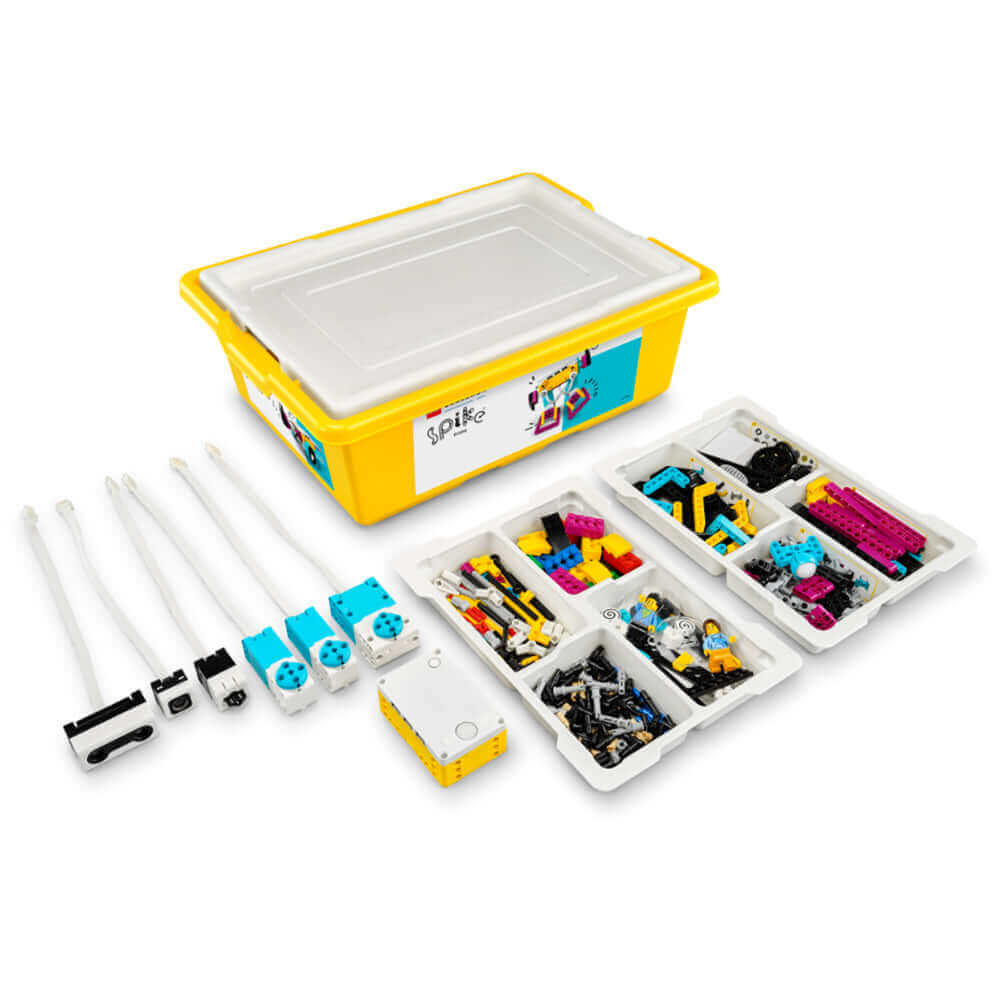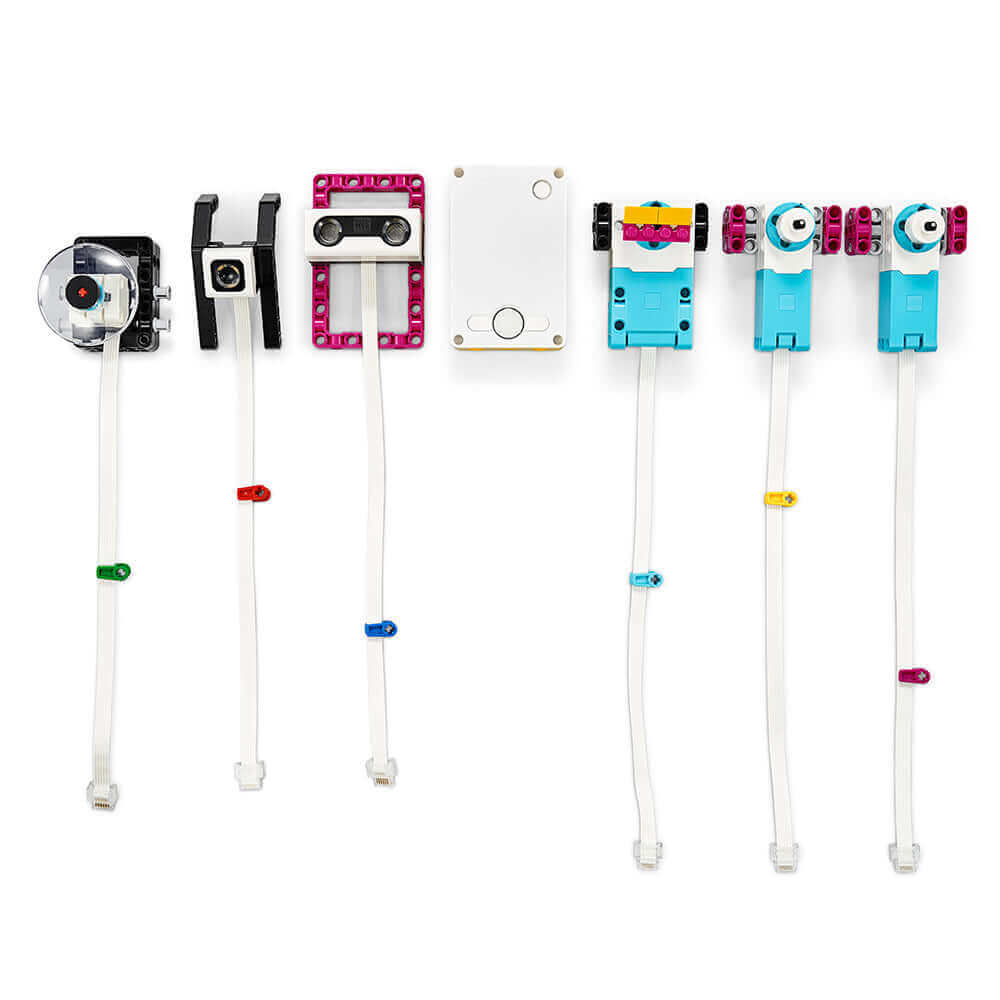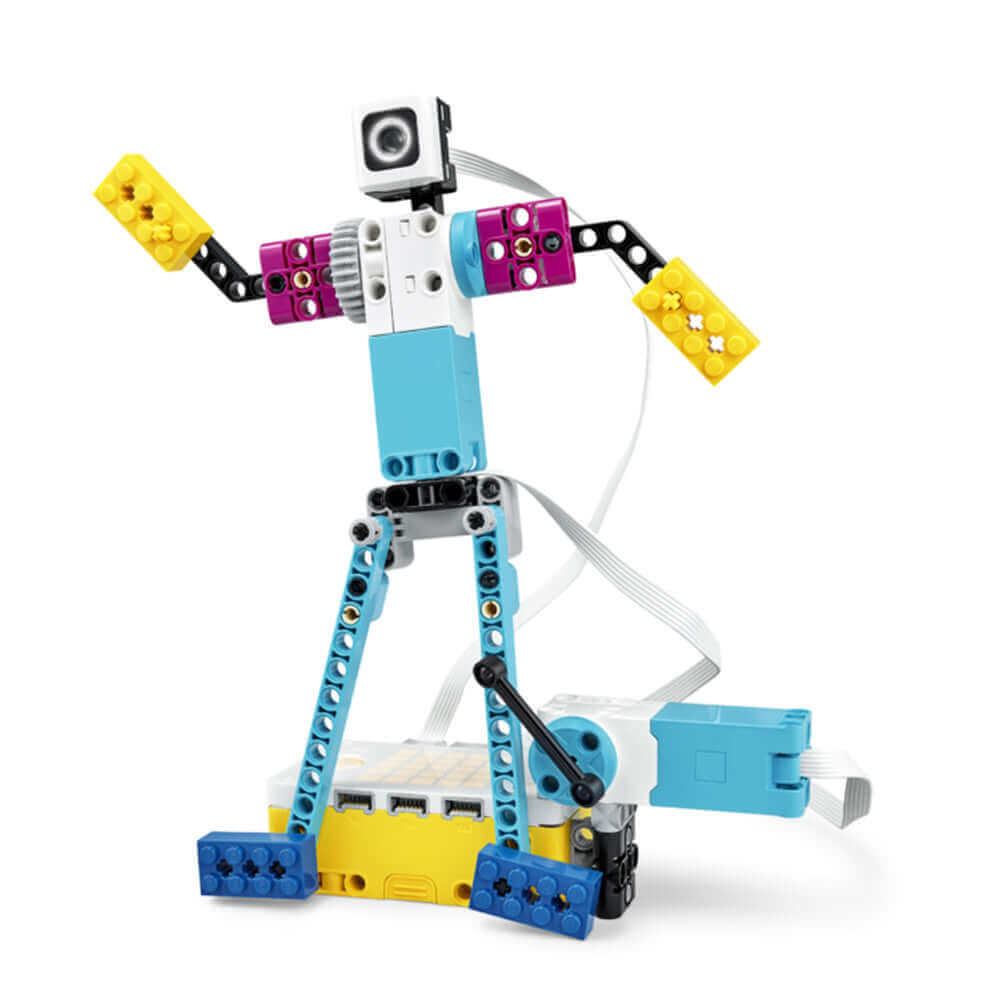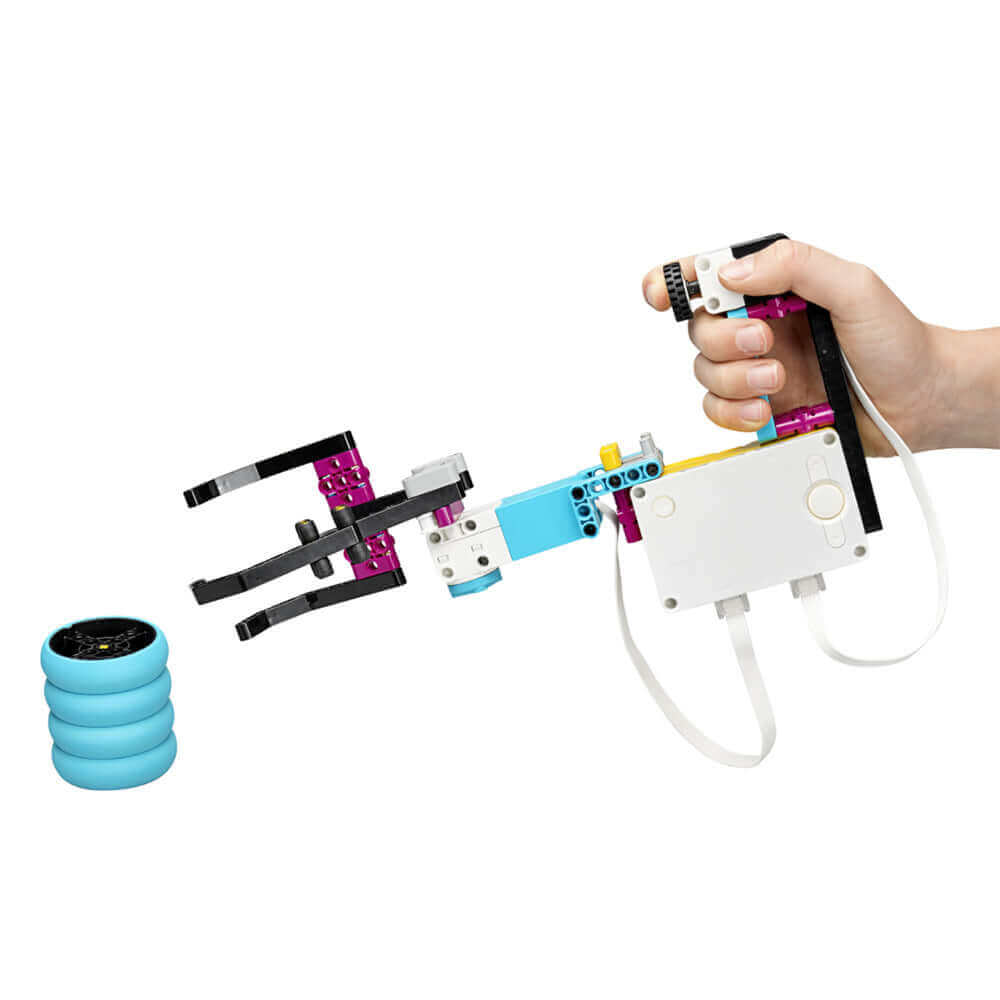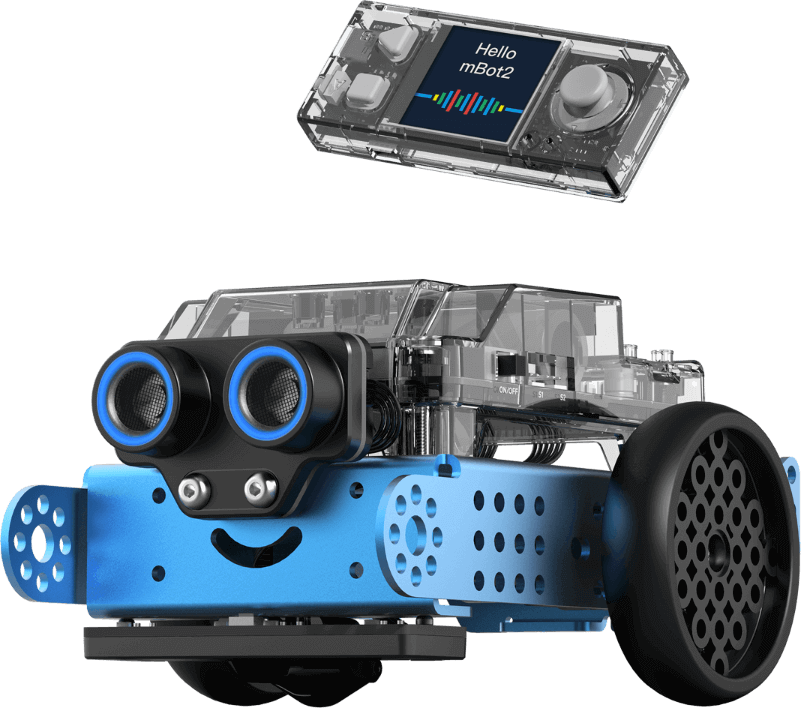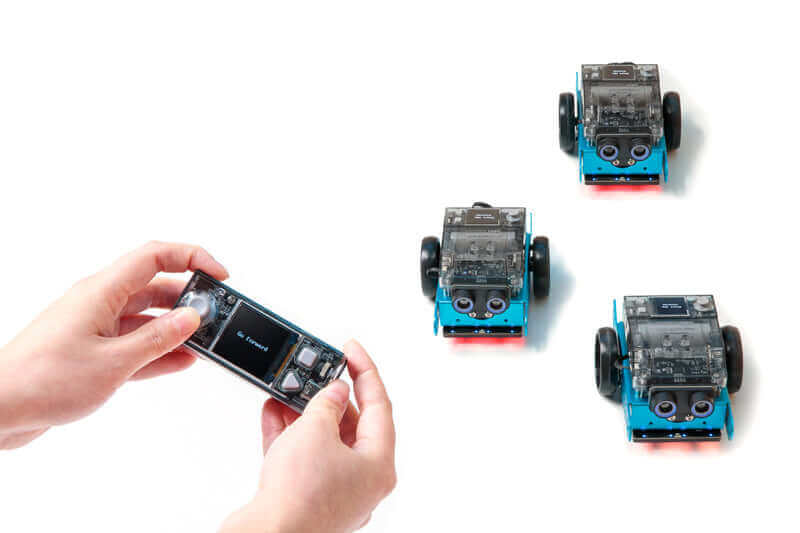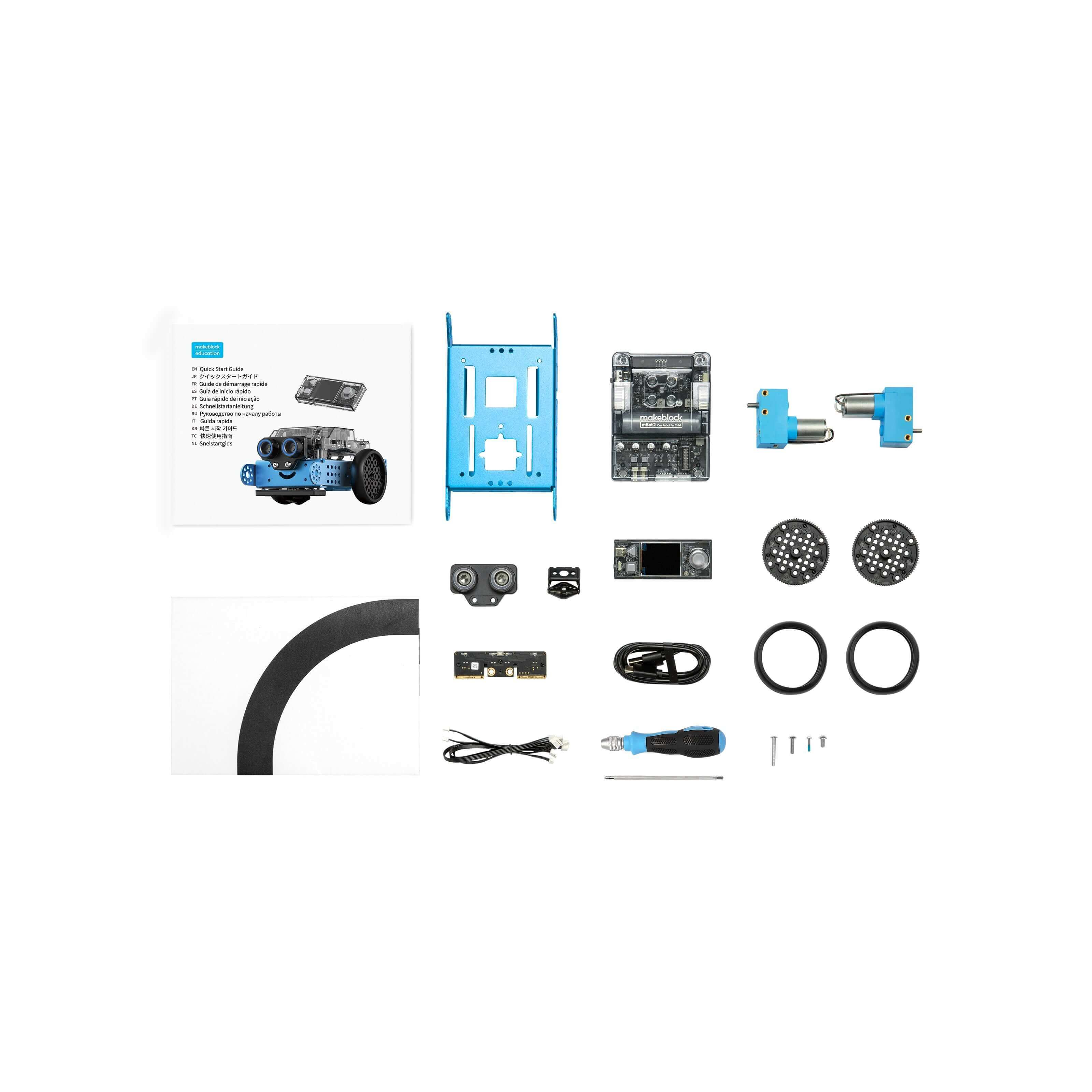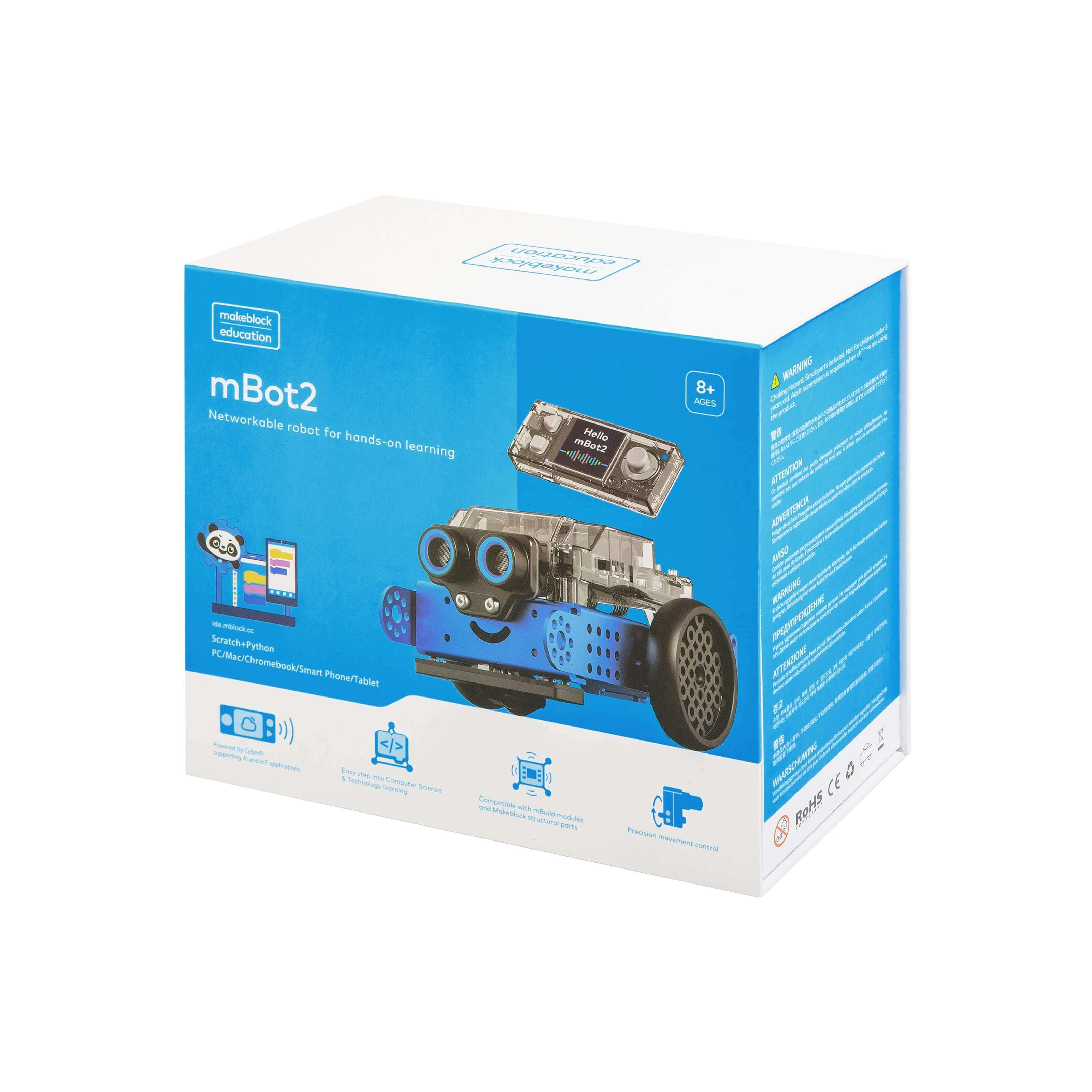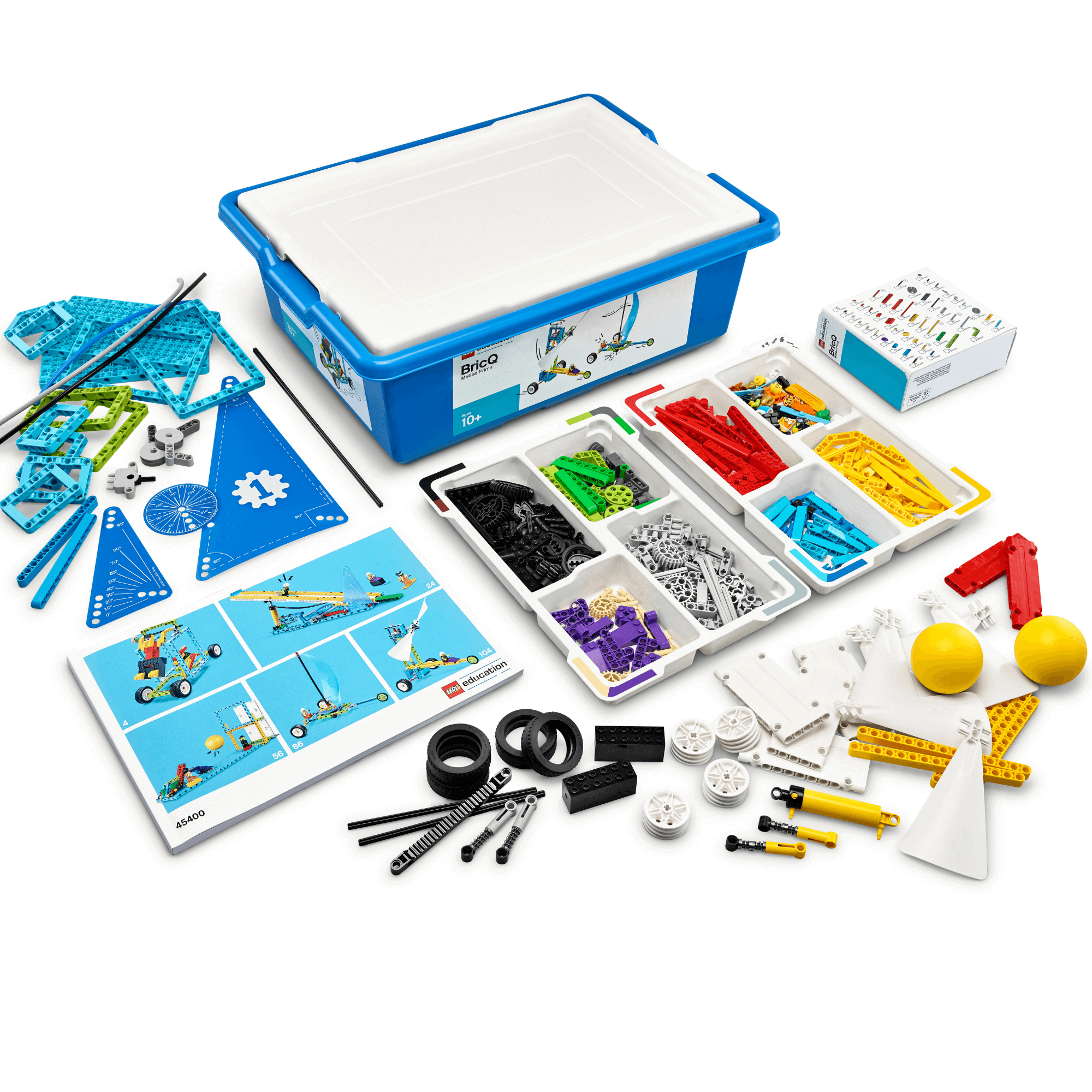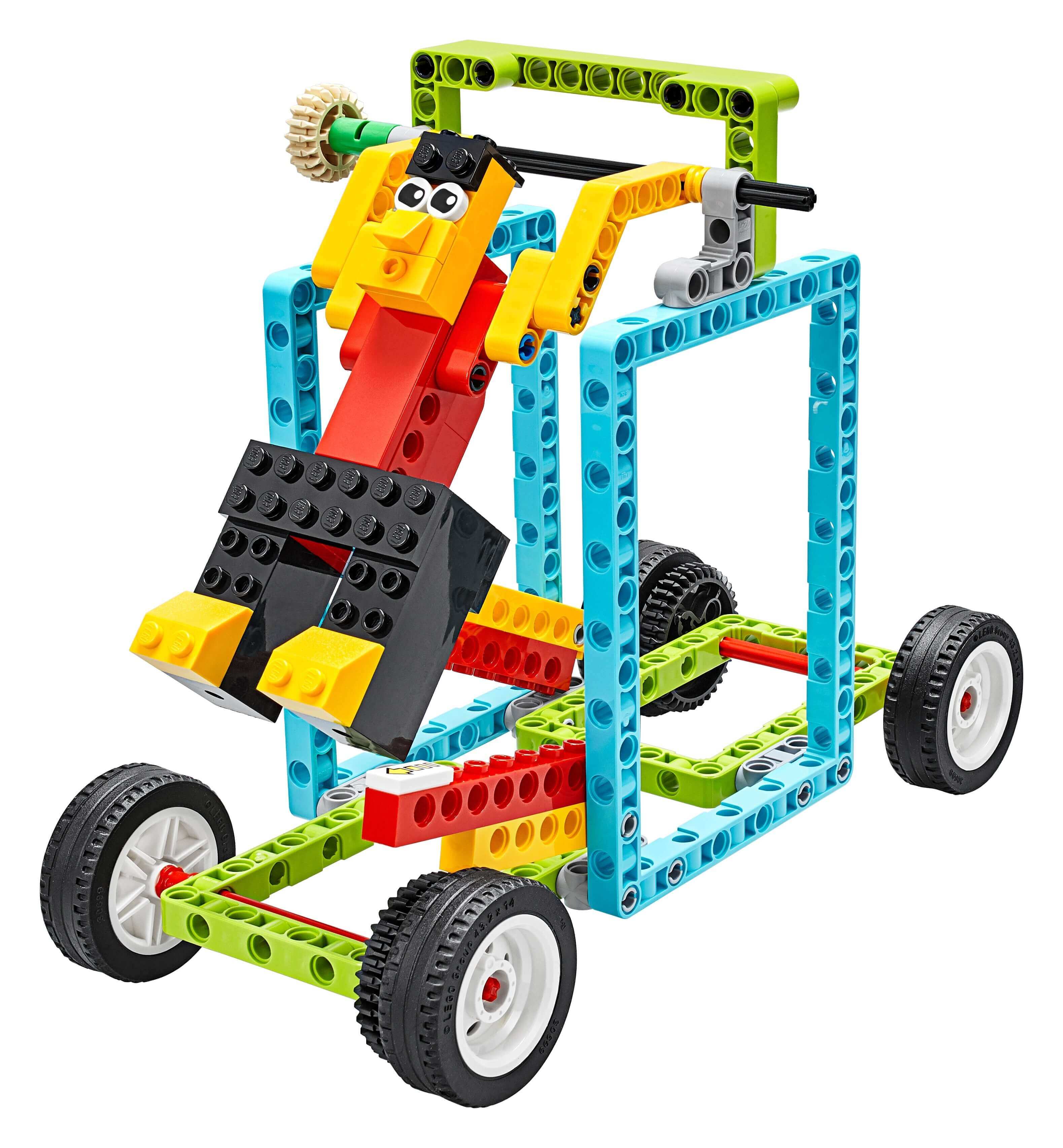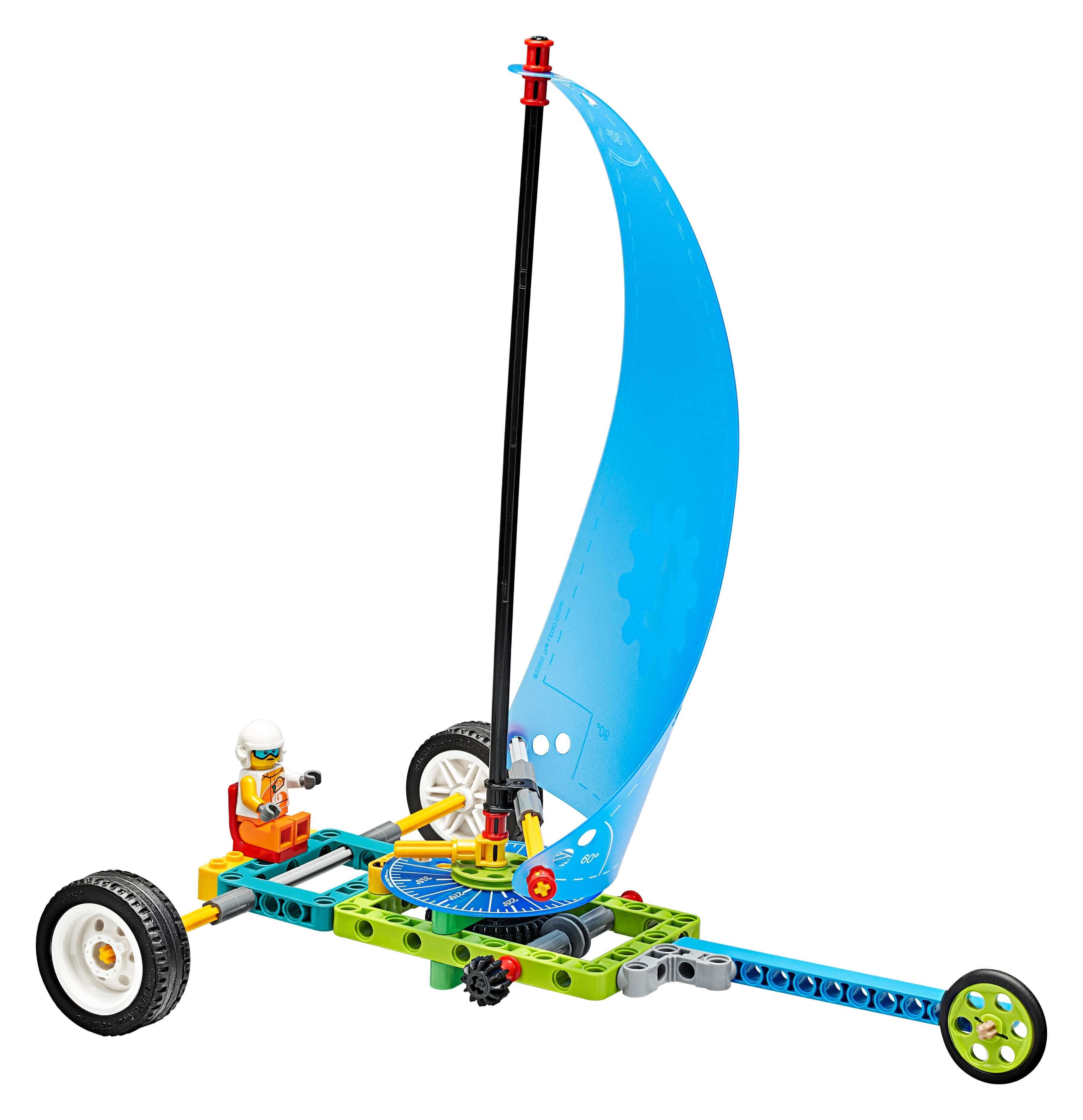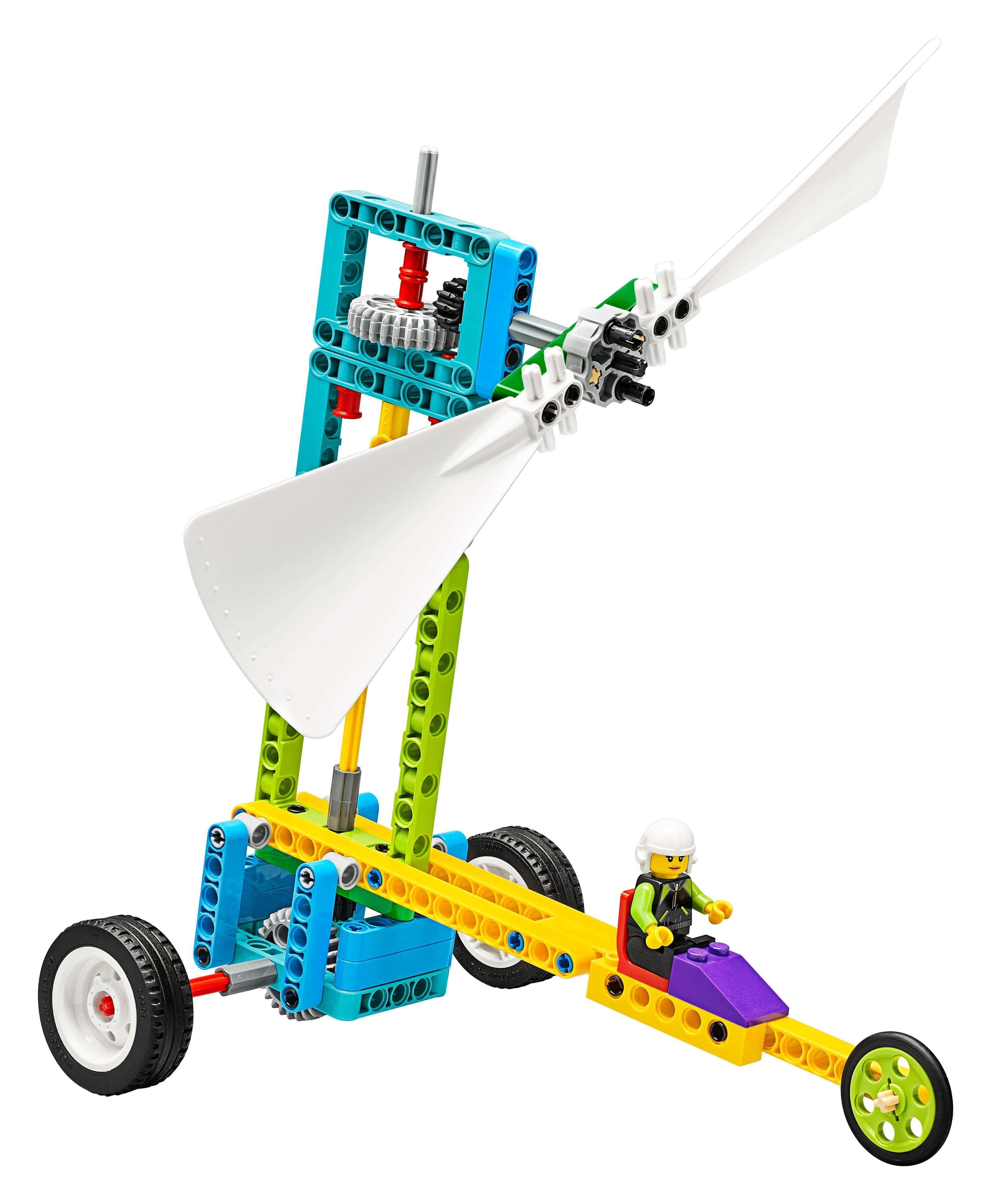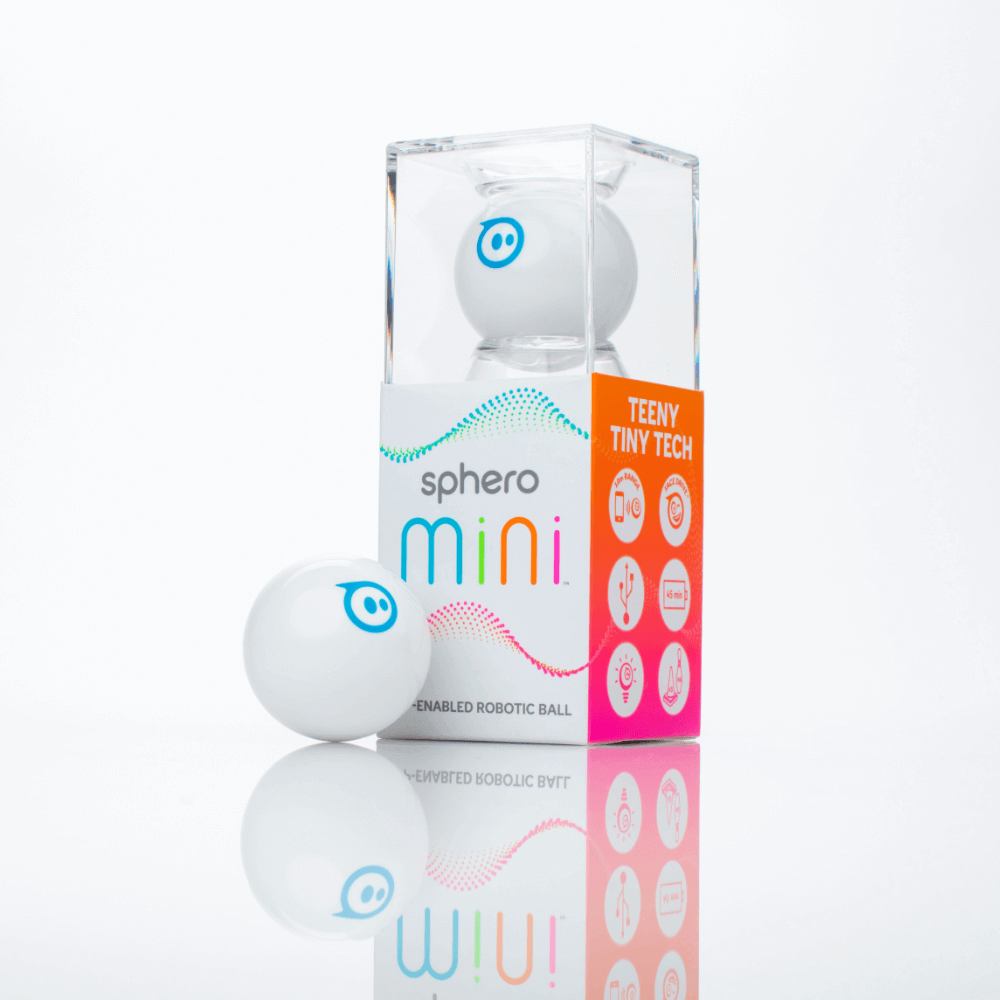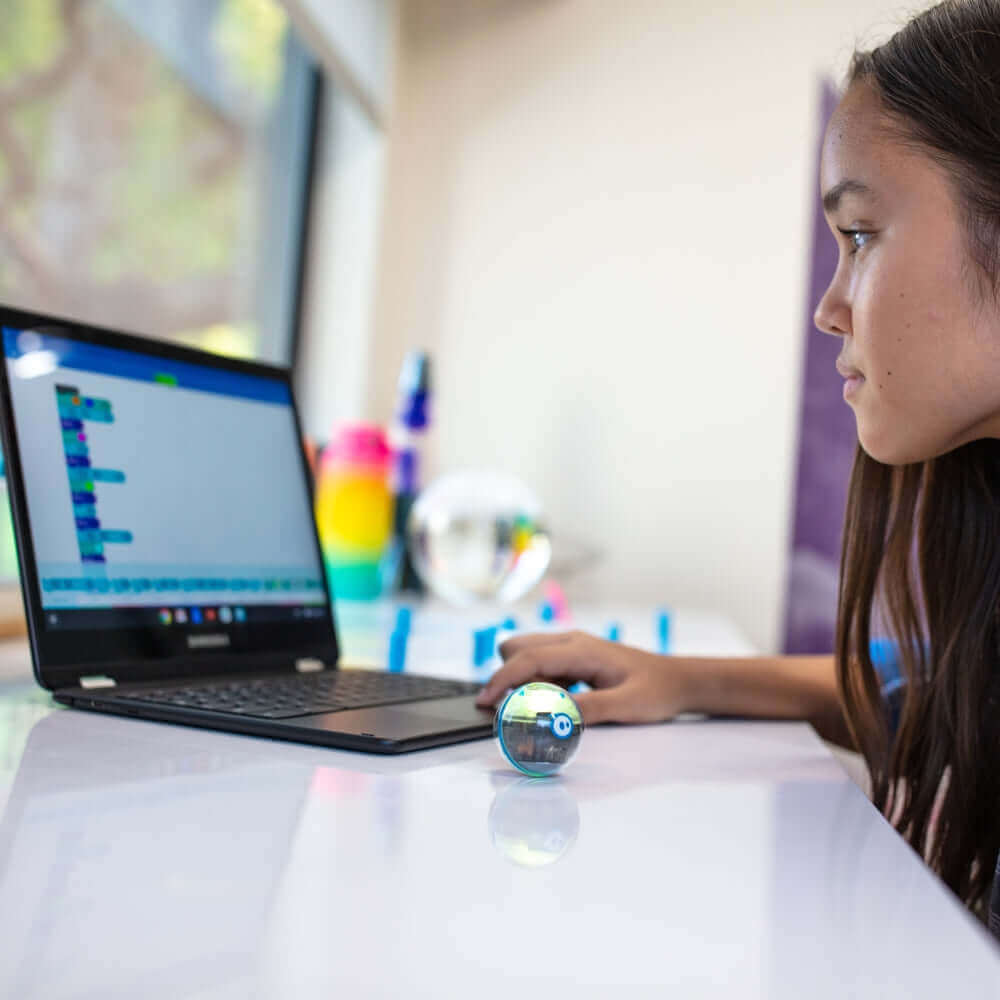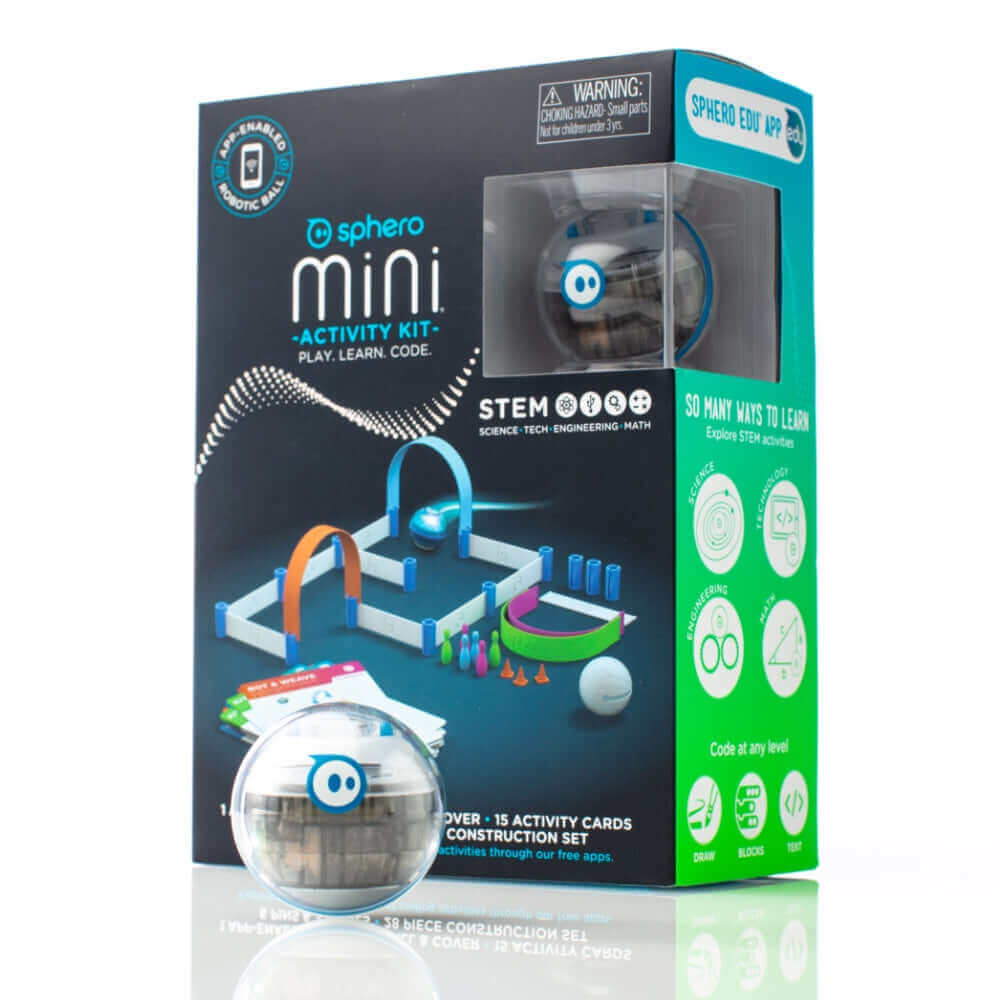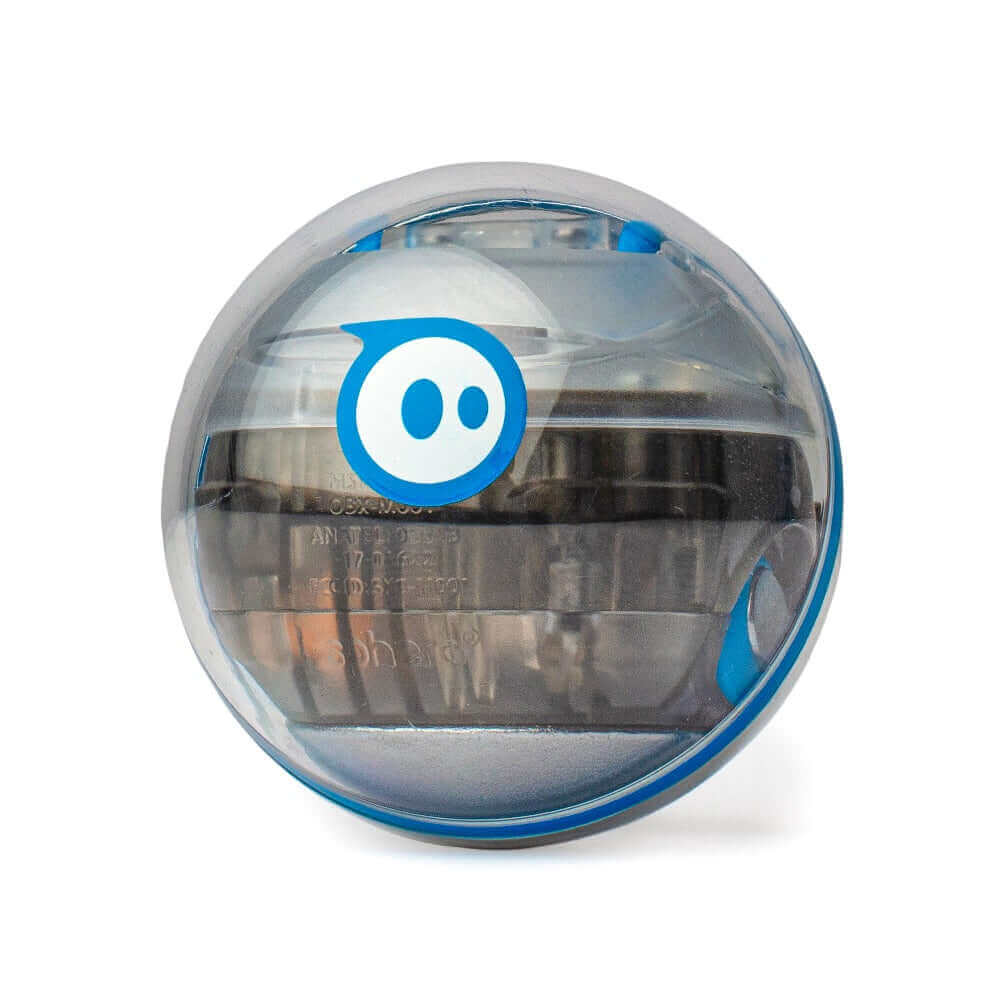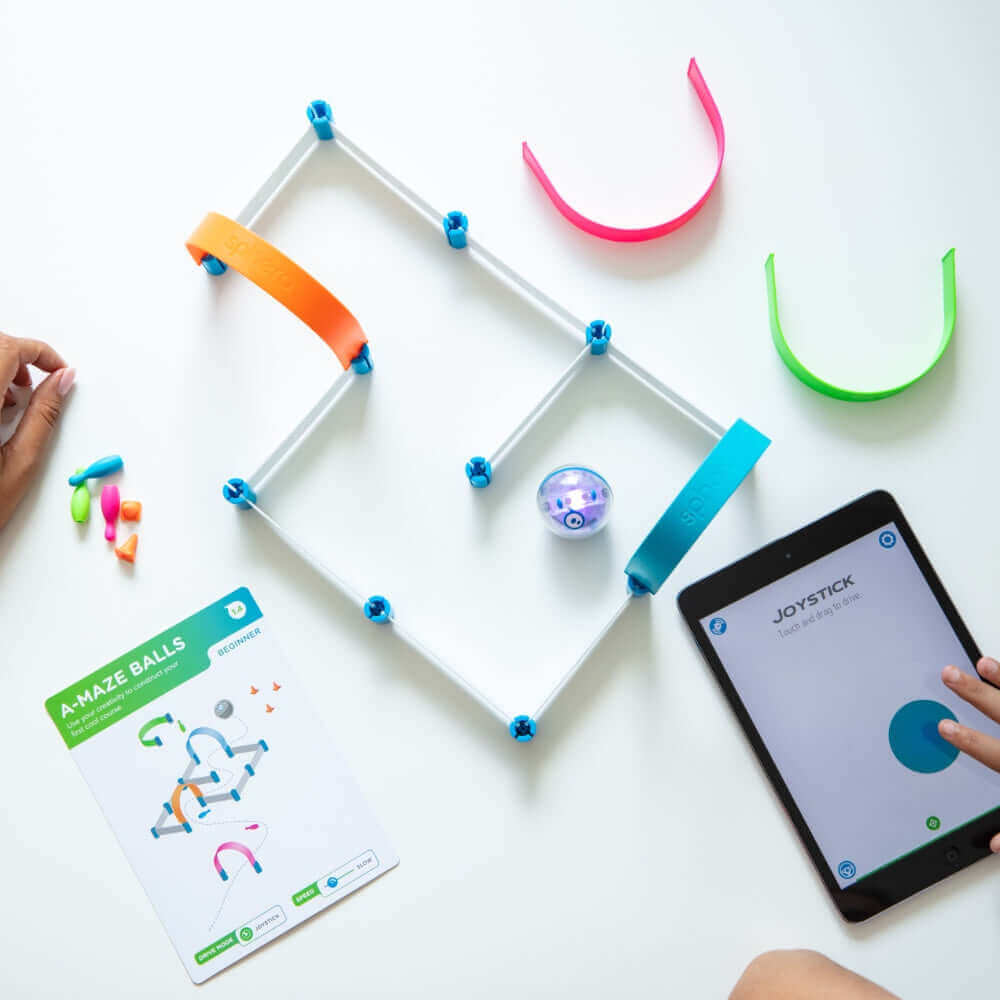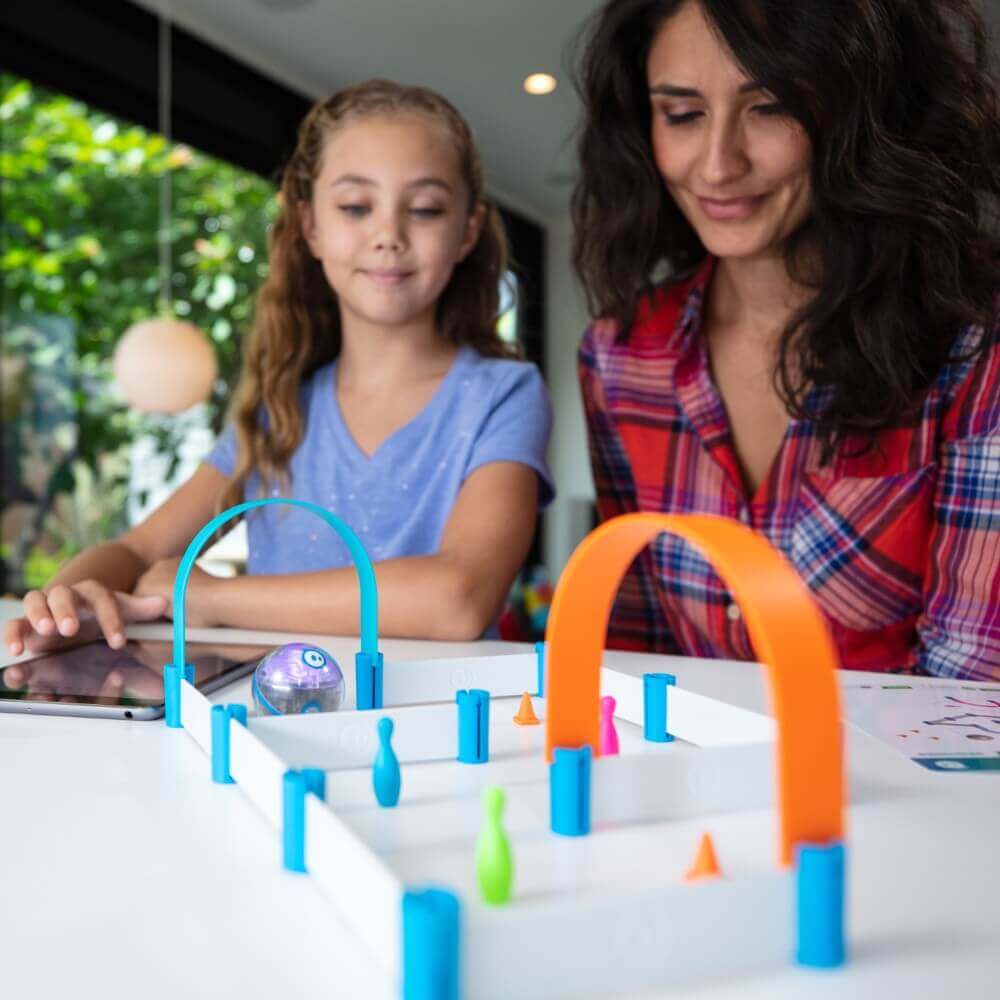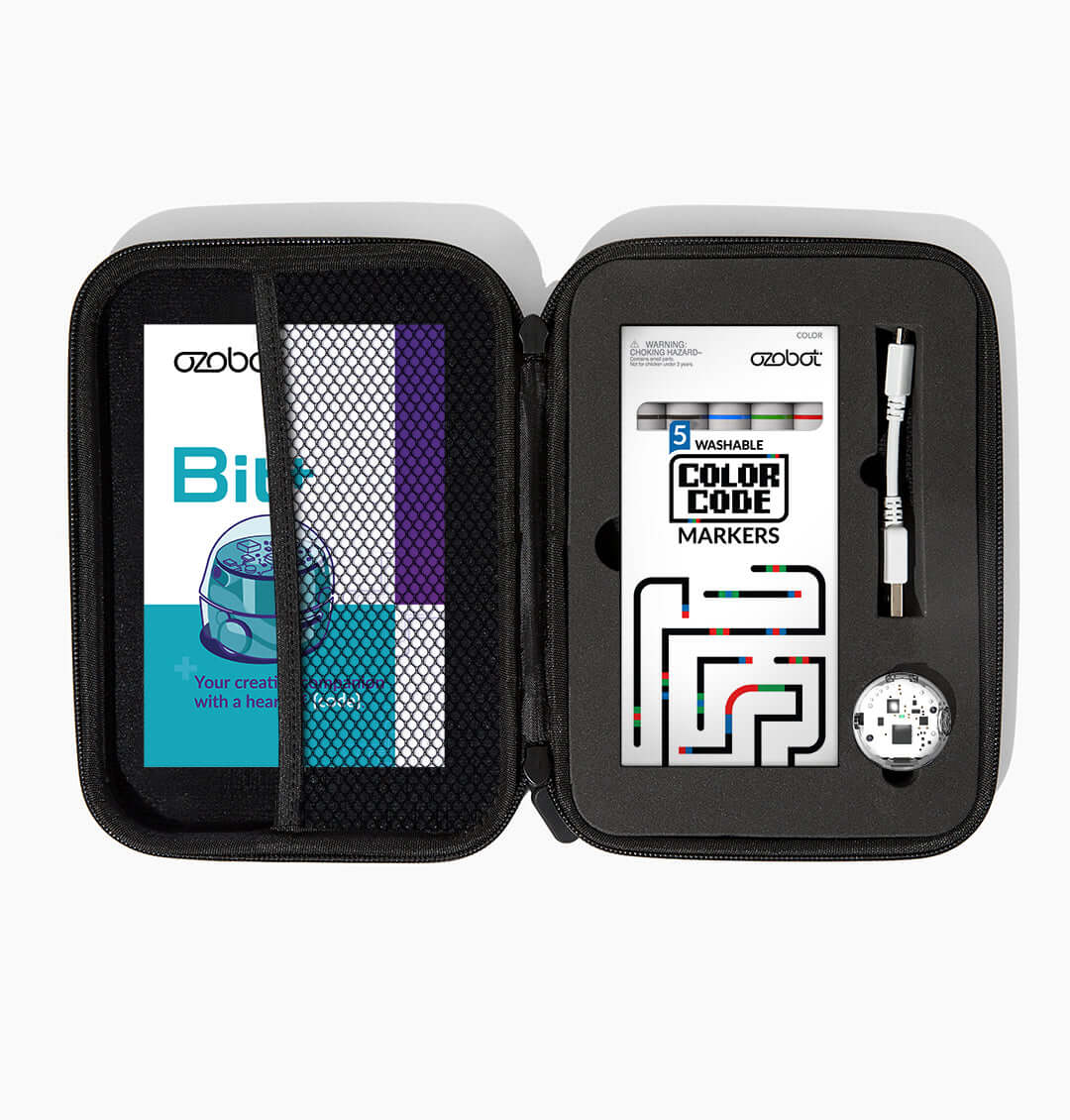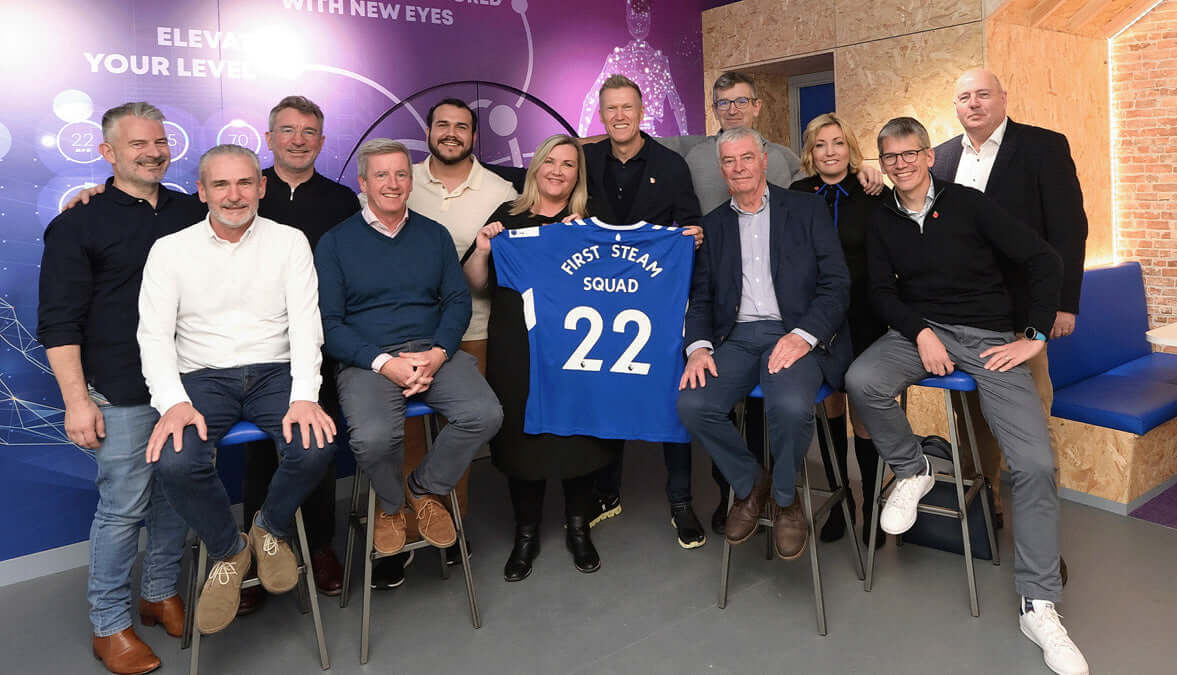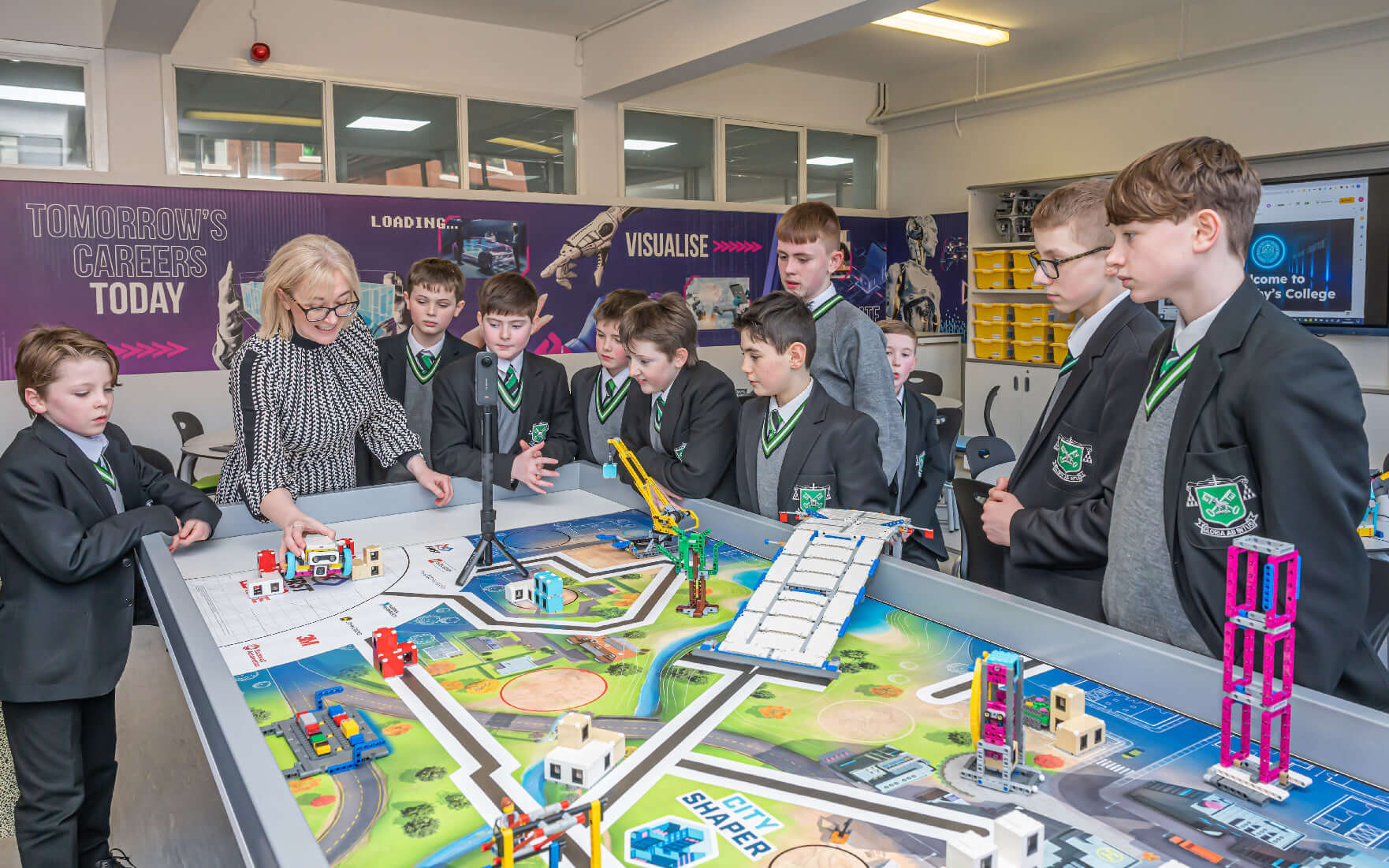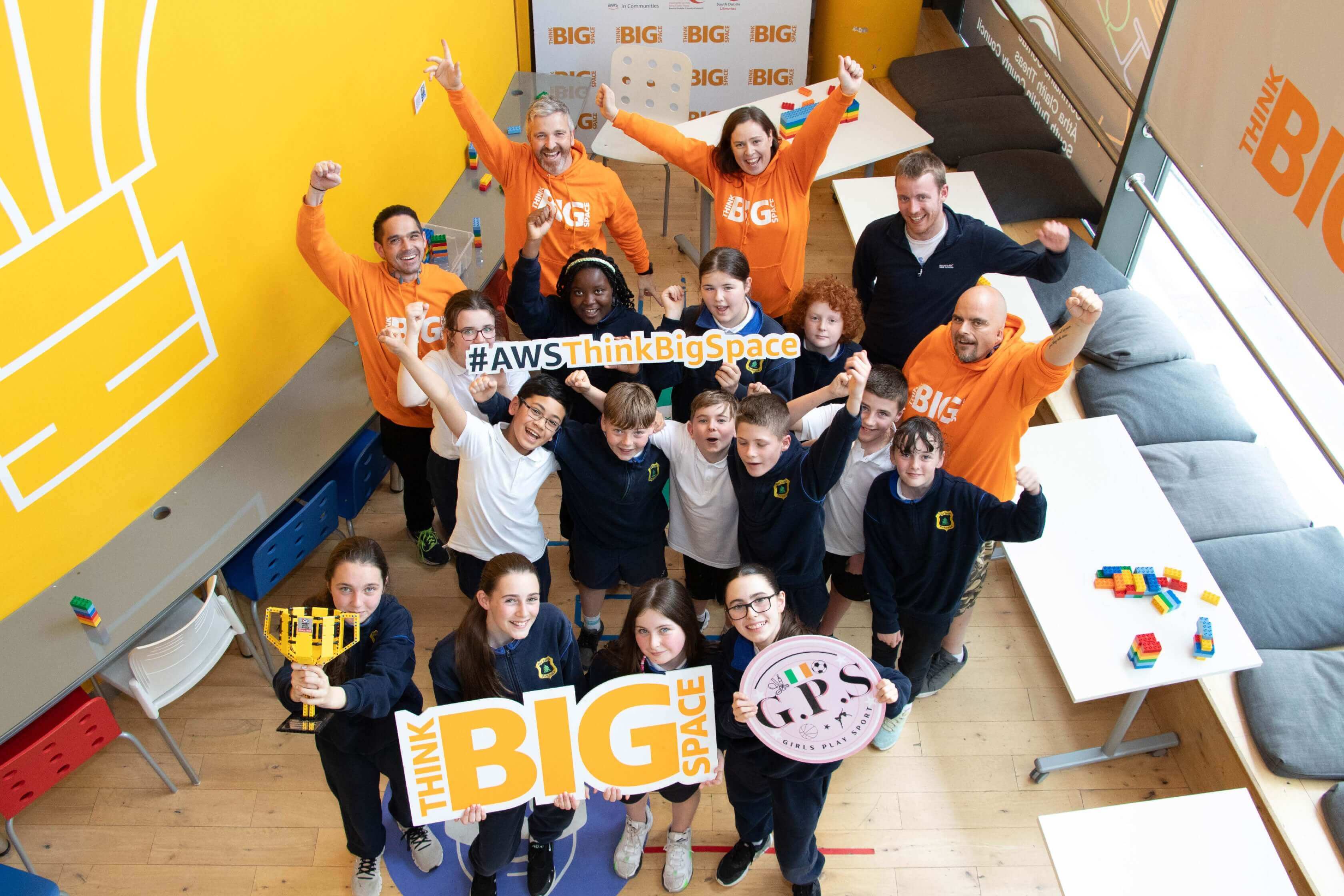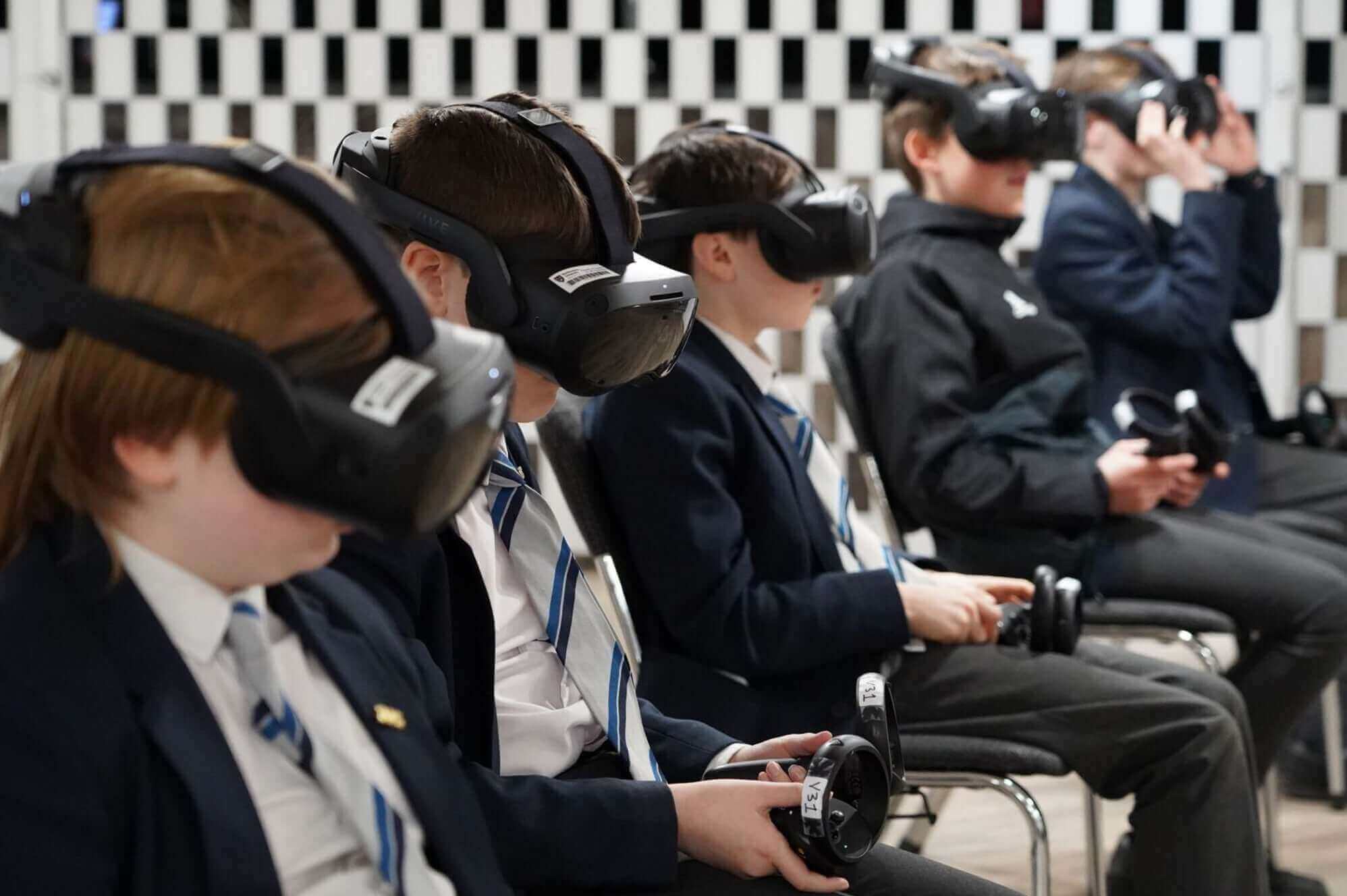
STEAM Education in Secondary Schools
Secondary schools are critical for equipping students with the STEAM skills they need to do well in the modern world. Hands-on STEAM learning that fits with the curriculum can help schools engage kids in science, computing, technology, engineering, and maths for the rest of their lives and improve their performance in these important subjects.
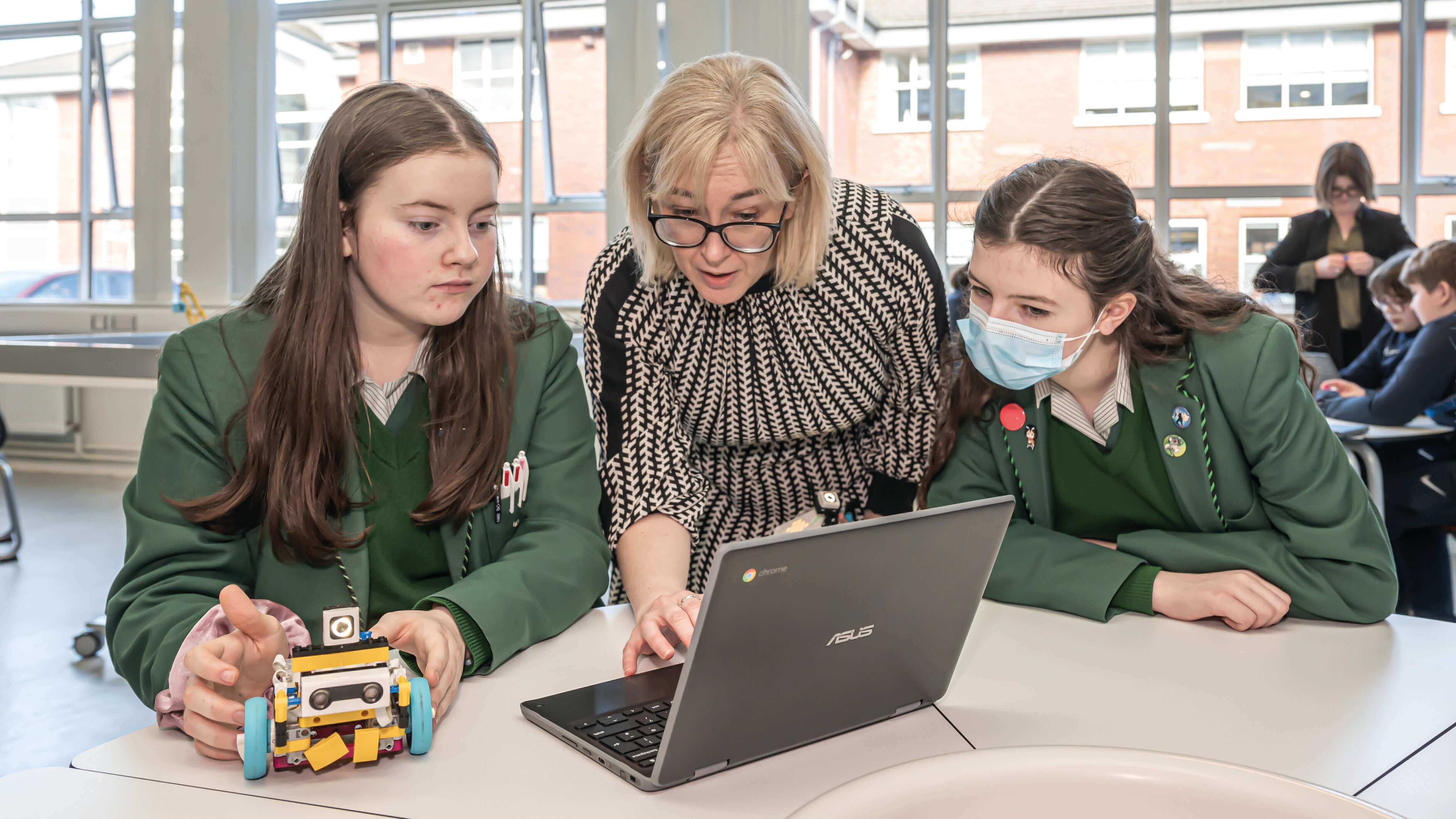

Why STEAM is Important for Learning in Key Stages 3 and 4
STEAM learning is a powerful way to help students meet the goals of the national curriculum in secondary school. Our teaching methods and resources bring the material to life while also helping students grow as people, get ready for tests, and choose what to study in college. At this important point, students choose their career paths, and secondary school inspiration is a big part of keeping their interest in STEAM for the rest of their lives.
Secondary School Favourites
LEGO® Education SPIKE™ PRIME Set 45678
Regular price £444.00 inc VAT £370.00 ex VAT
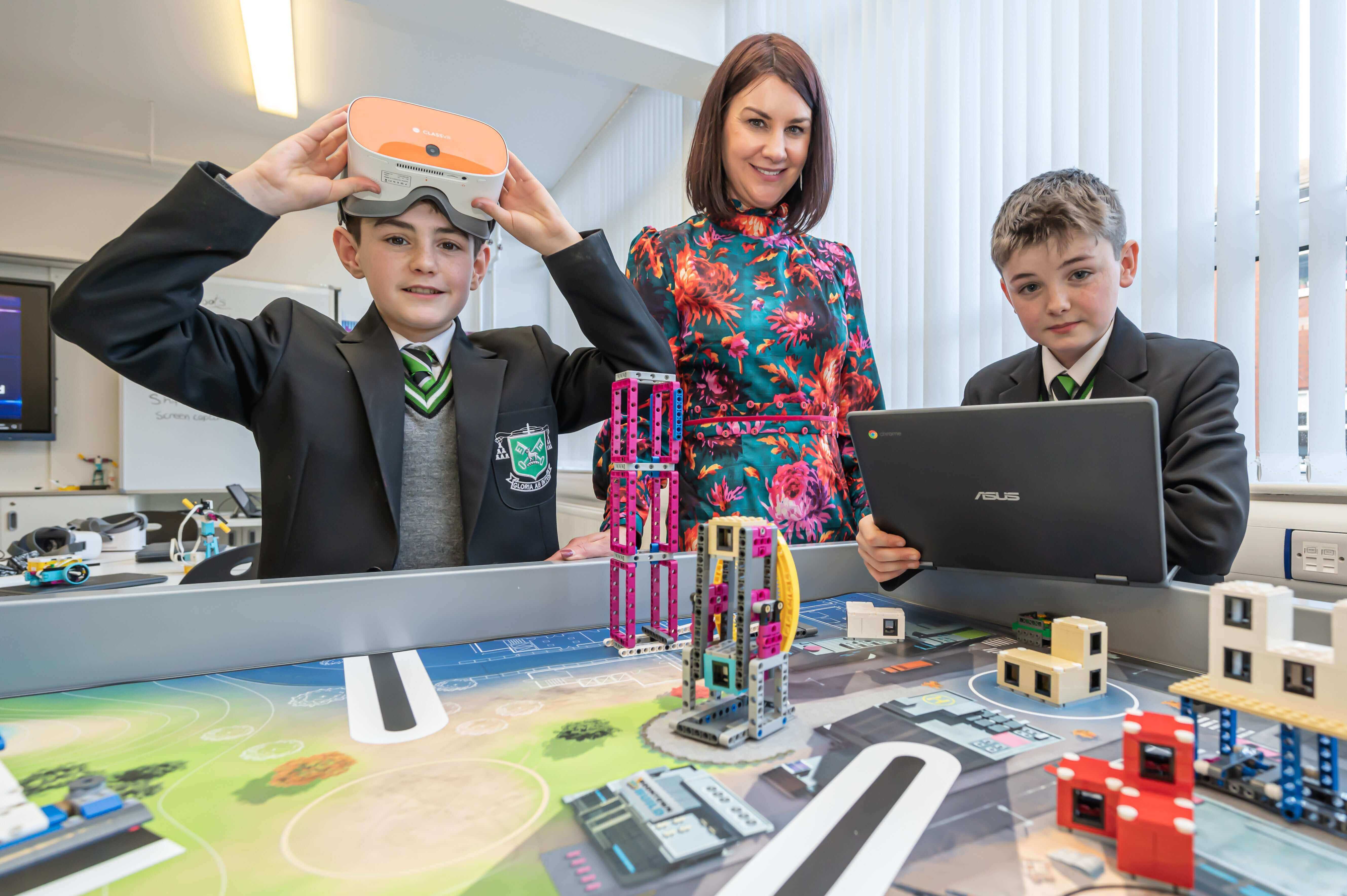
Learning Outcomes by Subject
Science
- Use robots, sensors, and simulations to collect, analyse, and evaluate data
- Use LEGO® Education BricQ Motion and SPIKE™ Prime to help students understand physics ideas about energy, motion, and forces.
- Use Arduino kits and drones to do research on environmental science and sustainability.
Computers and Computer Science
With Blockly, Python, and Scratch, you can learn how to think, reason, and solve problems in a way that computers can understand.
Deliver the KS3 National Curriculum's goals for data representation, systems, and programming.
Use coding tools that let students interact with them, like Sphero® and CoDrone EDU, to help them get ready for their GCSE Computer Science exams.
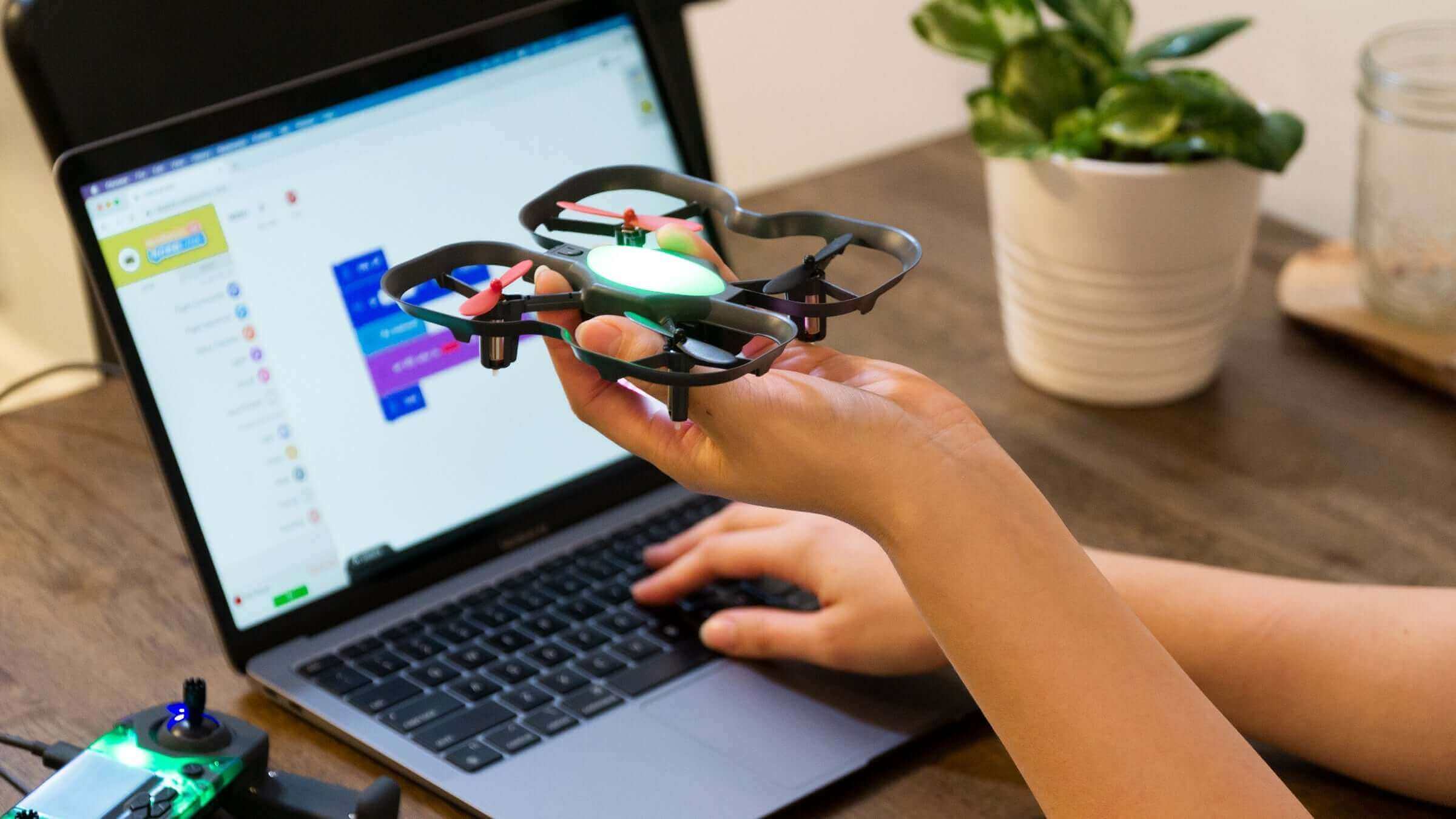
Design and Technology (D&T)
- To reach important D&T goals, use design thinking, CAD-to-3D print workflows, and hands-on prototyping.
- Use Makey Makey and Arduino to learn about electronics systems, user-centred innovation, and iterative design.
- Gain self-assurance in solving practical problems and following structured design briefs.
Engineering
- Use structural engineering kits and robotics challenges to get kids to come up with ideas, build them, and test them.
- Give pupils a foundational understanding of motors, gears, pulleys, control systems, and mechanical systems.
- Encourage students to investigate technical career paths by means of STEM clubs and innovation challenges.
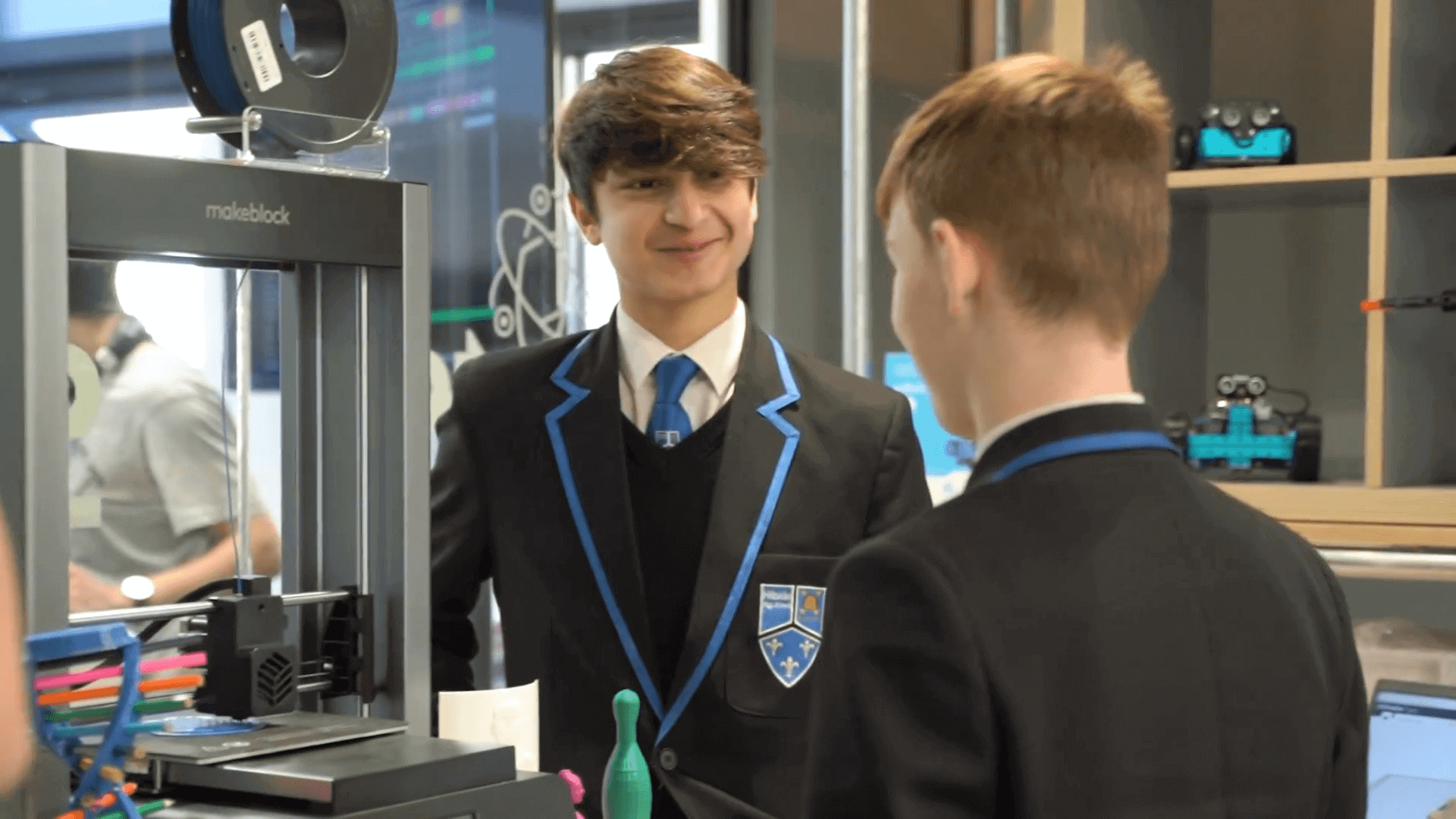
Mathematics
- Boost geometry, measurement, and spatial reasoning with robotics construction.
- When you code, use real-time inputs, outputs, and variables to make algebra and functions work.
- Use sensors and real-world research tasks to improve your ability to think statistically and handle data.
Creative & Artistic Digital Content
- Use creative media tools to develop digital storytelling, podcasting, video editing, and game design.
- Support projects that bring together narrative, art, and technology to make expressive works.
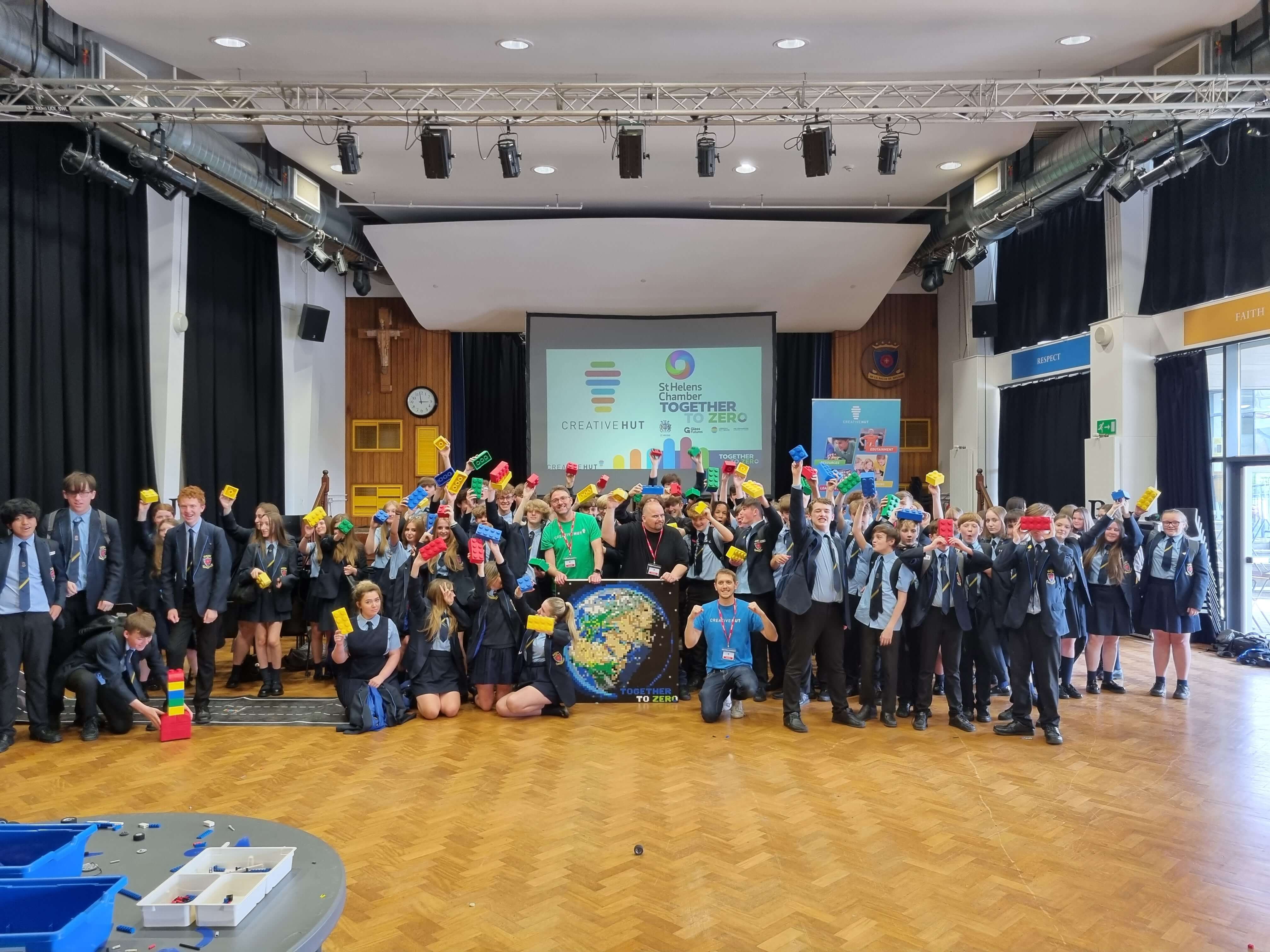
CPD for Secondary School Teachers
You don't have to be a STEM expert to give students a lot of STEAM education. Our training is designed for secondary school teachers of all levels of experience. It will help you teach science, computing, engineering, maths, and creative technology better and give you more confidence in your subject.
Here are some examples of training options that are flexible:
- Half-day or full-day INSET sessions catered to your main subjects and stages
- Modules for on-demand eLearning that are in line with secondary curriculum objectives
- Training on how to use the product with a focus on GCSE and KS3 learning goals
- Common CPD courses with a secondary focus include:
- A look at LEGO® SPIKE Prime for grades 3 and 4, which teaches computational thinking and how to program in Blockly and Python
- STEAM Project-Based Learning for Engineering and D&T. Adding digital media, AI, and robotics to the subject curricula.
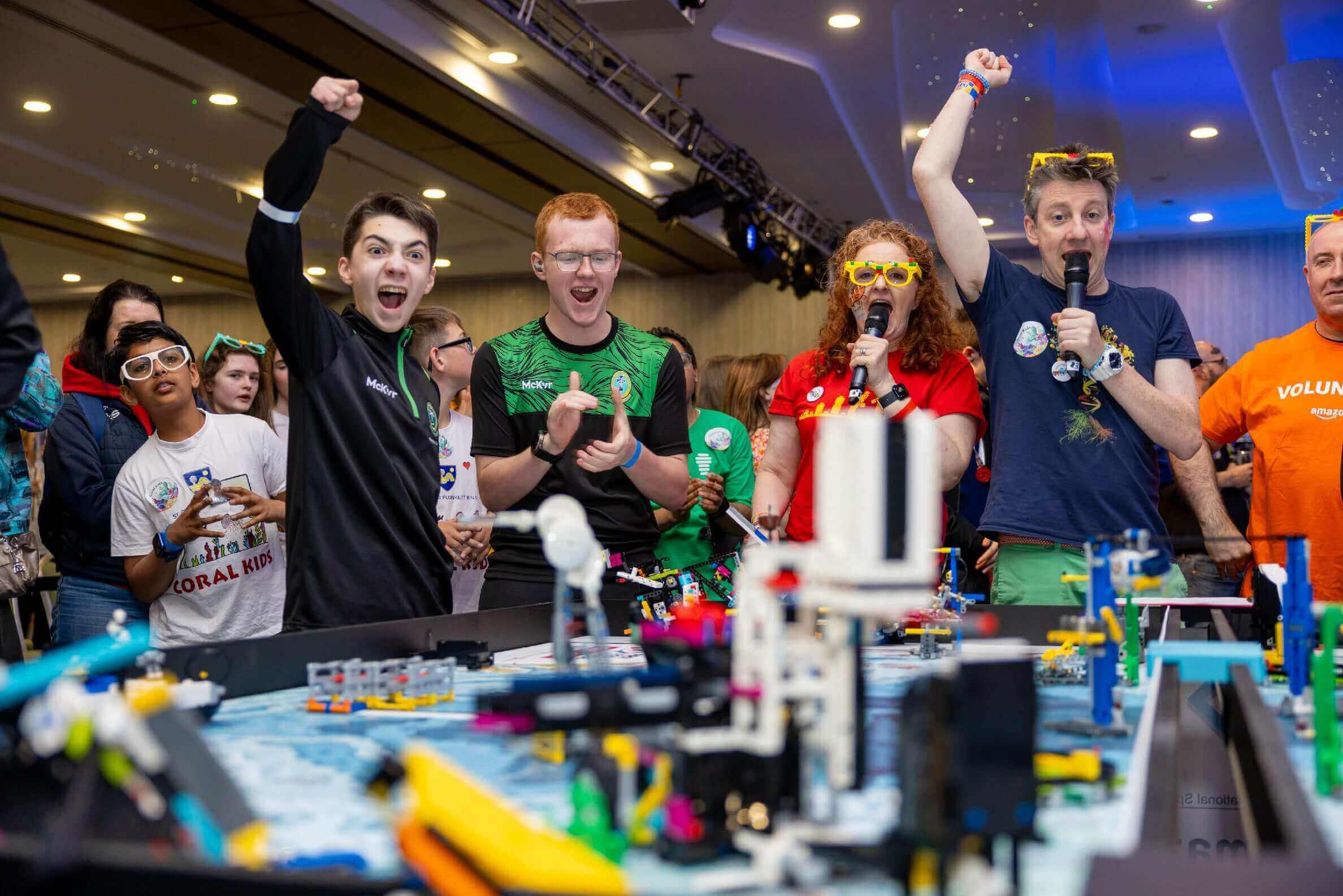
Professional Guidance from Our Creative Advisors
Our knowledgeable team is available to help, whether you're launching STEAM for the first time or want to increase subject-specific offerings. We help you find the best combination of training and resources that will fit your school's budget, meet the needs of your students, and help you reach your curriculum goals. We'll work with you to include useful, purposeful STEAM learning that boosts achievement and inspires every student, from coding and robotics to digital creation and creative design.
Expert Advice from Our Creative Consultants
Whether you're introducing STEAM for the first time or looking to expand subject-specific provision, our expert team is here to support you. We help you choose the right combination of resources and training to meet your students' needs, align with your curriculum objectives, and fit within your school’s budget. From coding and robotics to digital making and creative design, we’ll work with you to embed practical, purposeful STEAM learning that raises attainment and inspires every learner.


